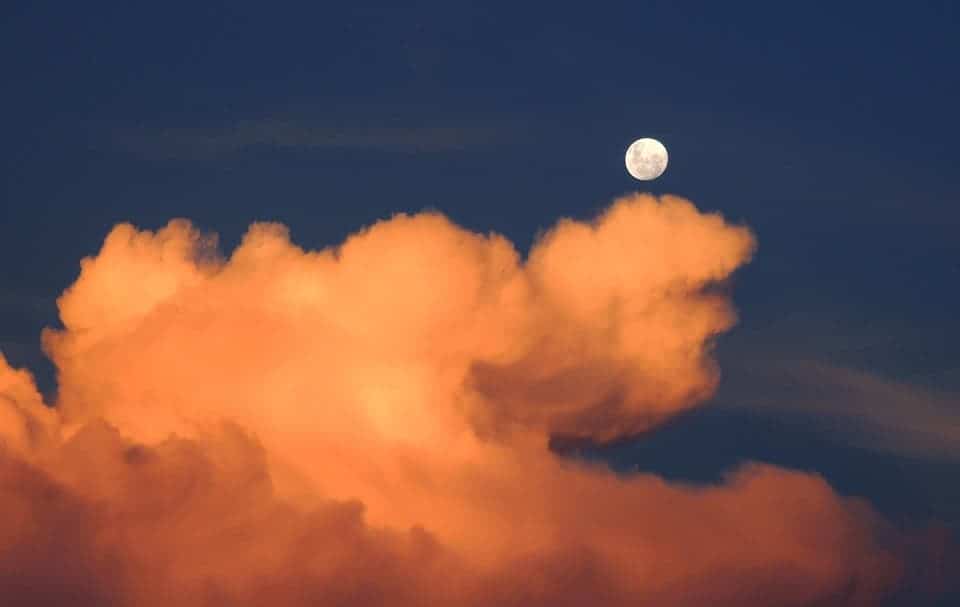Earth has been outsourcing oxygen to the Moon behind our back for billions of years now, a new study has found.
The fact that Earth is leaking atmosphere doesn’t come as a surprise. We’ve known that roughly 90 metric tons of gas (out of the 5 quadrillion metric ton total) escape to outer space each day for some time now. This happens because the fringe layers of our atmosphere are made up of charged particles moving fast enough to escape gravity’s pull — kind of like natural, gaseous rockets. Even more, the planet’s magnetic field can interact with these atoms to give them an extra boost of speed. The atoms then stay in the magnetosphere — a tear-drop region of space around Earth — for a while until solar winds blast them into the void.
But a part of our atmosphere just wants to resettle, it seems.
Shoot for the moon
For the most part, the Moon is sand-blasted with high-speed jets of charged ions belching forth from the Sun as solar winds. But for 5 days each month, when our planet’s magnetosphere gets in the way and shields the moon from these particles, slower-moving atoms flow between us and our satellite. This way, an estimated 4 trillion trillion trillion atoms of oxygen have emigrated from Earth to settle in the lunar soil over the last 2,4 billion years or so.
Back in 2008, Japan’s Kaguya moon-orbiting probe picked up a dramatic change in the nature of oxygen ions traveling around the craft. They were slower than typical solar winds, and were missing a single electron.
Over time, it became clear that this change was cyclical, lasting for a short period each month. It coincided with the 5-day period when Earth’s magnetosphere shielded the Moon from solar winds. Considering this and the nature of the oxygen atoms in question, as well as their speed, they’re almost guaranteed to come from Earth, says a team led by Kentaro Terada, a cosmochemist at Osaka University in Toyonaka, Japan.
They believe that these oxygen ions originate in the ozone layer, where sunlight breaks apart the gas (O3) into regular oxygen molecules and single atoms. The gas then rises slowly and is blown out into space by solar winds. This mechanism would explain why some lunar soil samples Apollo astronauts brought back from the Moon have higher concentrations of oxygen-17 and 18 isotopes than we would have expected — the dominant form of this element in the universe is oxygen-16. Terada and his colleagues point out that the ozone layer is also disproportionately rich in these two isotopes.
Up to now, nobody has been able to explain how these anomalies formed in the lunar soil.
The findings could help researchers better understand how the Earth and Moon interact, as well as allowing better models of how particles behave in the upper atmosphere and nearby space.
The full paper “Biogenic oxygen from Earth transported to the Moon by a wind of magnetospheric ions” has been published in the journal Nature Astronomy.










